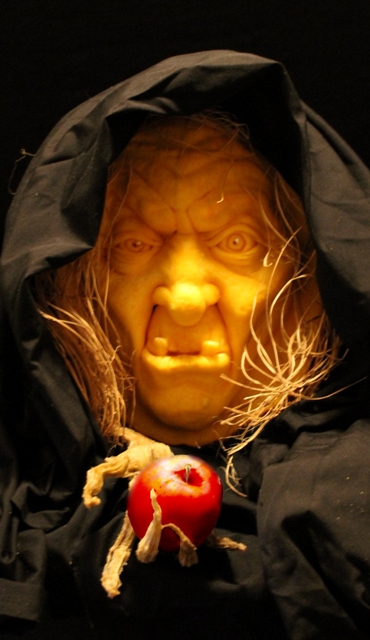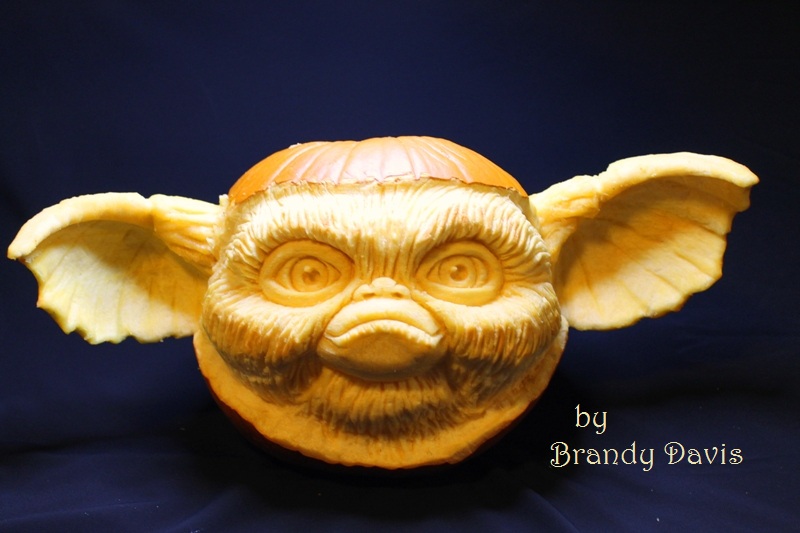“Gesso”
“Gesso? What the heck is that?”
Yep, exactly what I said when I first heard about it.
Well, let me tell you – over the years gesso has come to be my best friend. He is always there with me during my painting adventures, has always supported my desire to trash the idea of the typical “canvas” and paint on whatever my mind could conjure up, and has ruined a-many-a-feather with me (as well as a couple pairs of jeans). As the title of this post says, “Gesso makes the impossible, possible!” I mean, would you ever think to make a canvas out of rabbit fur or a cable-knit sweater? Well, gesso just may allow you to do that!
Ok, so looking at the contents of a bottle of acrylic gesso, I’ll admit – it looks like typical white tempera/acrylic paint. But I can assure you that it is not. This stuff really works wonders. (Yes, I do think highly of it).
A bit of background on the stuff:
Gesso (jeh-so) is actually the Greek word for “ground chalk.” (gypsum)
Acrylic gesso is a mixture of different materials (latex/calcium carbonate/pigment/etc) usually sold in a premixed form and is used to prime/prep surfaces for acrylic and oil painting. (However, please keep in mind that it is NOT a sealant. I’ll discuss that in a future post). You’ll mostly find it in an opaque white or off white color, but is easily found in black as well. It can also be found in clear form, and in different consistencies. There is also an oil based ground (used for oil painting). Although keep in mind that while acrylic gesso can be used for oil painting, oil ground cannot be used for acrylic paint. Anyhow, it can be used on surfaces as hard as wood, or even surfaces as delicate as a feather. Personally I have used gesso on everything from wood, to leather/buckskin, to canvas, to rabbit fur, to feathers, gourds, and much more – And every time it has worked like a charm.
Typically you would apply a few thin layers of gesso to your painting surface to prevent absorption of excessive paint into your surface. Gesso also gives you a nice smooth surface to paint on, or can provide some interesting textures depending upon your manner of application. It also creates a base for very vibrant colors (assuming you use white gesso). It is also very flexible and resistant to cracking if applied on a tangible surface.
To give a simple example of what it does, let us take a piece of particle board for instance – here I have painted 2 red circles. Both are 1 layer each of cadmium red, however the only difference is that the circle on the left has been prepped with three thin layers of white acrylic gesso. The circle on the right is cadmium red painted directly onto the particle board.
Note how the circle on the right is much duller in appearance as well as slightly transparent. This is because the particle board, being a porous surface, has absorbed some if the red. So, yes, you can still paint directly onto the surface, but please be aware that achieving opaque results may require multiple layers of paint, and even then the color vibrancy may still be lacking.
Personally I never use black gesso, but that is because I enjoy the vibrancy the acrylic white gesso ground creates. You can always experiment with black or clear depending on your desired results.
There are many brands of gesso (Golden, Basics, etc.), however, the brand I have personally been using forever is Liquitex Acrylic Gesso. It comes in a bottle like this and you can get it at just about any art supply or craft store – I believe it is $9 – $12 for an 8 ounce bottle. (And if you have a large-scaled project, it comes in much larger sizes as well):
To sum it up, gesso is cool stuff. If you don’t like how your painting is going, instead of scrapping your canvas cover it with a few layers of gesso and start over again. If you have been lacking vibrancy in your paintings, try grounding with a few layers of gesso before you paint. If you are bored of painting on the same old canvas and want to try painting on something new, then try prepping it with gesso and let your imagination go!
Happy painting!
P.S. As always, if you have any questions, please feel free to leave them in the comment section below. Thanks!




























19 Responses to What is Gesso?